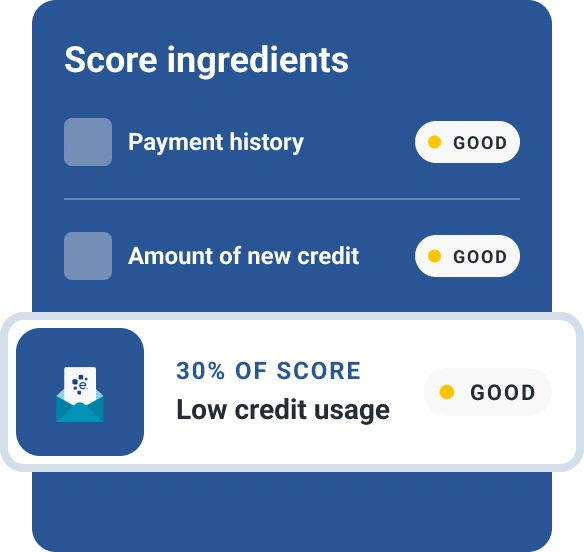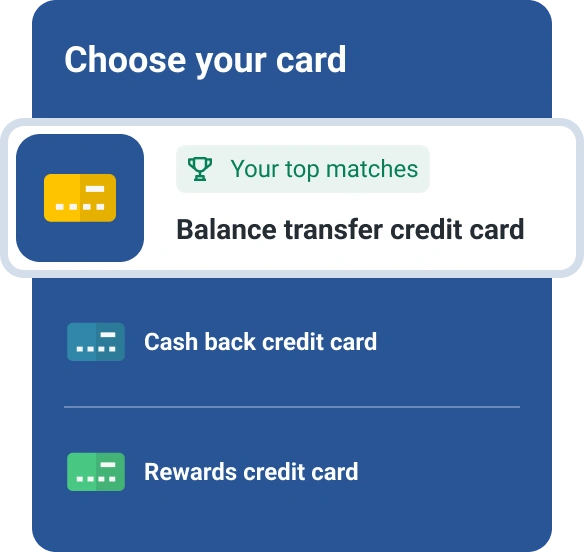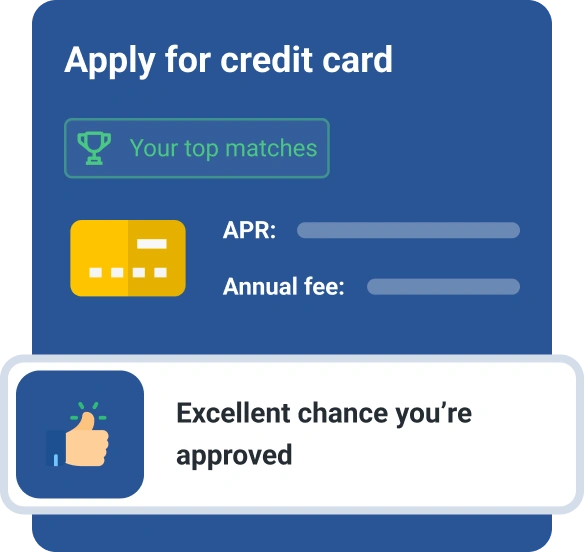How to Pay Off Holiday Debt
Quick Answer
Different ways to tackle your debt include using accelerated debt payoff strategies like the debt snowball method or the debt avalanche method, or consolidating debt with a balance transfer card or personal loan.

Consumers spend more during the holiday season than at any other point during the year, and many take advantage of flexible financing options as they cross names off their list. And while paying with credit cards or buy now, pay later plans may provide some breathing room, heading into a new year shouldering debt can prolong the stress.
The key is to come up with a plan for paying off holiday debt now, plus strategize in advance for how you'll tackle next year's holiday shopping. Here are seven ways to start.
1. Take Inventory of Your Debts
Start by calculating your total debt to get a sense of where you stand now and help you set priorities. If you already had some debt before the holiday season, it's a good idea to consider those balances alongside any new debts.
Create a list of all your debts, jotting down the following:
- Balance
- Interest rate
- Minimum monthly payment
- Payment due date
Also, be sure you factor in any purchases you made using buy now, pay later plans or in-store financing.
2. Review Your Budget
If you don't already have one in place, create a budget by determining your monthly income and expenses. You can also categorize your expenses to get a better idea of where your money is going.
As you evaluate your spending, calculate how much you can reasonably afford to put toward your debts in addition to your minimum payments. You can also look at your different spending categories to assess whether you can reduce expenses to make more room for debt payments.
Learn more: How to Pay Off More Debt Using a Budget
3. Use a Debt Payoff Strategy
While there are lending products you may be able to use to get out of debt faster (more on these below), you may find that it's effective to start with a DIY debt payoff strategy tailored to your needs. Here are three strategies to consider.
Debt Snowball Method
The debt snowball method has you start by using any extra money in your budget to pay off your smallest credit card balance first, while continuing to make minimum payments on your other bills. Once your smallest balance is erased, you move on to the next largest balance, and so on.
The debt snowball method may be a good choice if you find motivation in seeing the number of balances you have dwindle down.
Debt Avalanche Method
The debt avalanche method has you focus on paying off your highest-interest balance first, while being sure to make minimum payments on all your other bills. Once your balance with the highest interest is gone, target the balance with the next highest interest rate and so on.
This method can save you most money because you'll likely end up paying less in interest overall.
Debt Snowflake Method
The debt snowflake method can work on its own or in tandem with other repayment approaches. With this strategy, you'll keep track of small everyday savings, such as coupon savings at the grocery store, cash saved by eating at home instead of dining out and cash back rewards. Then, you'll take those savings and add them to your monthly payments. The snowflake approach is more involved because it requires meticulous tracking, but it can make a significant difference over time.
4. Consider a Balance Transfer
Depending on the situation, completing a balance transfer could save both money and time as you pay down your debt.
A balance transfer credit card offers an introductory 0% APR promotion, allowing you to move debt from another credit card or loan and pay it down interest-free over 12 to 21 months. There's typically an upfront fee of 3% to 5% of the transfer amount, but even with that charge, you could save hundreds of dollars on interest.
5. Consolidate Your Debt
If you have a sizable amount of debt—including non-holiday spending—and good credit, it could make sense to consolidate your balances. Unlike a balance transfer, a debt consolidation loan won't give you a 0% intro APR promotion. That said, it can provide you with a structured repayment plan—something credit cards don't offer on standard purchases—which can range from one to seven years.
On average, personal loans charge lower interest rates than credit cards, so if your credit is in good shape, you could still save some money.
Learn more: What Is Debt Consolidation?
6. Get Help From a Credit Counselor
If your overall debt situation feels like it's out of control, it could be a good idea to speak with a credit counselor who can provide you with expert, personalized and often free advice.
If your combined debt from holiday shopping and other spending is too unwieldy, the credit counselor could recommend a debt management plan, which can put you on a structured repayment term with potentially lower monthly payments and interest rates.
You can find a nonprofit credit counseling agency through the National Foundation for Credit Counseling or the Financial Counseling Association of America.
Learn more: How to Find a Good Credit Counselor
7. Prepare for Next Season
As you work to pay down your most recent holiday shopping, you can also look ahead to the next season and consider ways you can minimize your reliance on debt or eliminate it altogether. Consider these tips to stay ahead of next year's holiday expenses.
Cut Back on Discretionary Spending
It can be difficult to know how much to budget for discretionary spending. However, if you have an important goal, such as paying off holiday expenses, that can make it easier to make sacrifices in certain areas.
Adjusting your budget for holiday shopping throughout the year can make it feel like less of a burden compared to drastic last-minute measures at the end of the year.
Automate Your Holiday Savings
Take a look at how much you spent during the most recent holiday season and determine whether you're likely to spend more, less or the same amount next year. Then, divide the amount you expect to spend by 12 and determine whether you can save that much each month in addition to your debt payoff and other spending. You can set up a separate savings account and automate your savings via recurring transfers or even payroll splits.
Lock In Your Holiday Budget Ahead of Time
Holiday deals come earlier and earlier every year, and once you start seeing savings, it can be difficult to keep track of how much you're spending. Take time to create a holiday budget in October to avoid getting caught off guard. Then, be sure to track your spending to ensure you stay in line with your goals.
Learn more: How to Make a Holiday Budget
Increase Your Credit Score to Improve Your Options and Save
Whether or not you plan to borrow money in the future, it's a good idea to build and maintain a good credit history so you can qualify for affordable credit when you need it most.
Start by checking your credit scores and credit report for free with Experian. These resources can give you a full picture of your credit health and make it easy to understand where you can make improvements.
As you take action based on the information you find in your report, continue to monitor your credit to track your progress and make adjustments to your approach as needed.
Find out what debts you owe
Your free credit report lists all your debts, such as credit card balances and loans, helping you create a plan to tackle your debt and improve your financial health.
Review your creditAbout the author
Ben Luthi has worked in financial planning, banking and auto finance, and writes about all aspects of money. His work has appeared in Time, Success, USA Today, Credit Karma, NerdWallet, Wirecutter and more.
Read more from Ben

